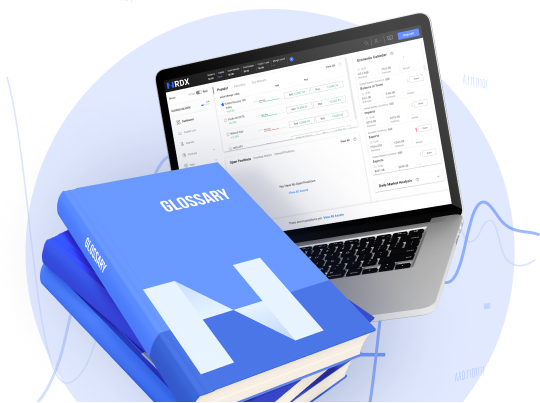EUR/USD Trading
A Guide for Professional Traders
As one of the most traded currency pairs in the world, EUR/USD (Euro/US Dollar) is a popular choice among forex traders. The market is very liquid which means it offers traders plenty of opportunities to buy and sell the currency pair regardless of the time of day or night.
In this guide, we will give you everything you need to know about trading EUR/USD. We will discuss factors affecting the exchange rate, technical indicators and fundamental analysis tools you can use to identify potential trading opportunities, and strategies you can use to trade the currency pair.
Factors affecting the EUR/USD exchange rate
The exchange rate between EUR and USD depends on many factors. One of the most important is the monetary policy of the European Central Bank (ECB) and the Federal Reserve (Fed). The interest rates set by these central banks can significantly affect the value of a currency. For example, when the ECB raises interest rates, the euro tends to appreciate against the US dollar as investors are drawn to higher yields. Conversely, when the Fed raises interest rates, the dollar tends to appreciate against the euro.
economic data is another important factor affecting the EUR/USD exchange rate. Traders are closely watching releases of data such as GDP, inflation and employment numbers as they could impact the outlook for the eurozone and US economy. Strong economic data from the eurozone could strengthen the euro, while weak data could depreciate it. Likewise, positive economic data from the US could strengthen the dollar, while weak data could lead to depreciation.
In addition, geopolitical events can affect the EUR/USD exchange rate. For example, a political crisis in the eurozone could lead to a weakening of the euro and a trade war between the US and China could lead to a flight to safety and a stronger US dollar.
Technical Analysis Indicators for EUR/USD Trading
A prominent trading strategy in the forex market is technical analysis. It is evaluating historical market data to uncover patterns and trends that may be utilized to forecast future price changes. Some of the most often utilized technical indicators for trading the EUR/USD are as follows:
Moving averages: Moving averages are used to determine the market’s trend direction. For determining long-term trends, the 50-day and 200-day moving averages are common alternatives.
The RSI (Relative Strength Index) is a momentum indicator that analyzes the strength of market fluctuations. The RSI is frequently used by traders to determine overbought or oversold positions.
Fibonacci retracements are used to identify probable levels of support and resistance. Fibonacci retracements are used by traders to identify probable entry and exit locations.
Bollinger Bands: These bands are used to spot possible breakouts. There are three lines in total: a moving average and two standard deviation lines.
Fundamental Analysis Tools for EUR/USD Trading
Another way to trade the forex market is fundamental analysis. It includes examining economic data, news events, and other variables that might influence currency exchange rates. Here are some fundamental analysis tools to help you trade the EUR/USD:
An economic calendar is a schedule of impending economic events that may have an impact on the currency market. Traders can plan their trading strategy using an economic calendar.
Central bank statements: Central bank statements can give insight into the ECB and Fed’s monetary policies. Traders frequently scrutinize these announcements for signs regarding future interest rate increases.
News events, such as political pronouncements, economic data releases, and other events, can have an impact on the market.
Conclusion
Finally, trading the EUR/USD currency pair is a popular option for expert forex traders. The EUR/USD exchange rate is impacted by several variables, including monetary policy, economic statistics, and geopolitical events. To discover prospective trading opportunities and make educated trading decisions, technical analysis indicators and fundamental analysis tools are highly recommended.
While trading the EUR/USD, bear in mind that the market is very liquid, which means it is open for trade 24 hours a day, seven days a week. Traders should also monitor market sentiment and news events that may have an impact on the currency pair.
Trading effectively includes a mix of technical and fundamental analysis, as well as a thorough grasp of risk management. Traders that have the correct information and technique might benefit from trading the EUR/USD currency pair.
 en
en Spanish (Latam)
Spanish (Latam)